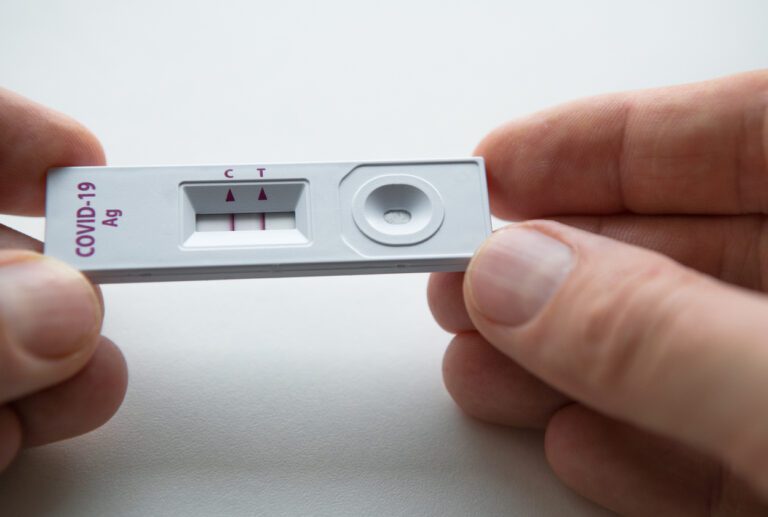A mild case of coronavirus is not the same thing as a mild cold.
According to a study published by the Chinese Center for Disease Control and Prevention which analysed all cases of COVID-19 diagnosed up until 11 February in China, cases were considered mild if they did not involve pneumonia or involved mild pneumonia.
COVID-19 is not like a cold in that its key symptoms are fever, a dry cough and then fatigue.
Only four per cent of cases in the study had a runny nose, and those people could have had flu or a cold at the same time.
The definition of “mild” in the study included everything from barely any symptoms to people with pneumonia that did not need hospitalisation or oxygen.
The study defined two other categories of cases – severe and critical.
Once a patient crossed over into needing oxygen, they were considered severe.
Symptoms of severe cases were shortness of breath, low blood oxygen saturation and other lung problems.
Critical cases included when a patient experienced respiratory failure, septic shock or multiple organ dysfunction.
Just under 14 per cent of patients were severe and just under 5 per cent were critical, according to the study.
The large number of mild cases creates complications for curbing the spread of the virus, as those with mild or no symptoms may continue their daily lives and unknowingly spread COVID-19.







